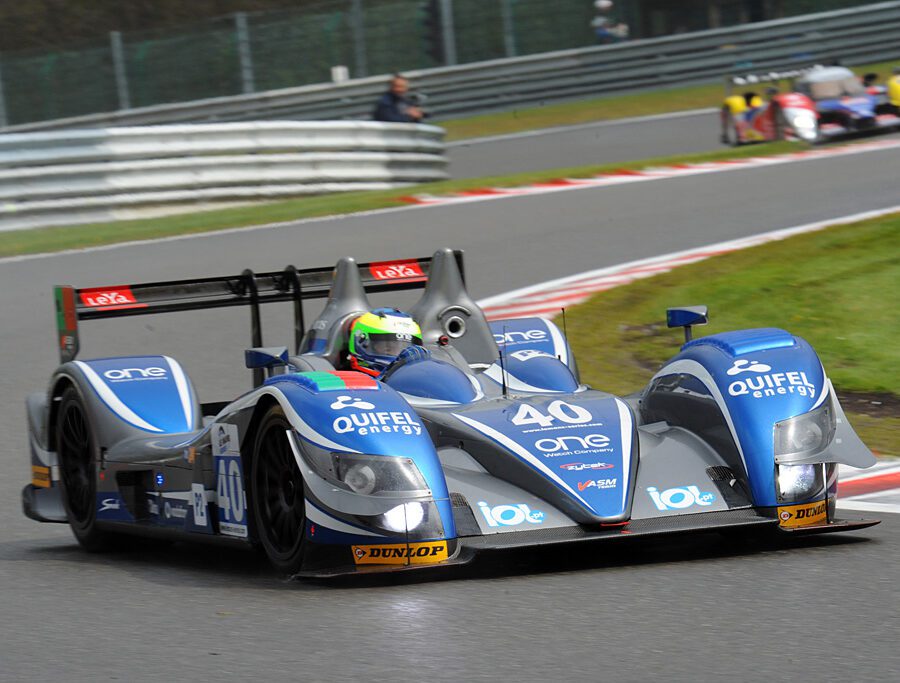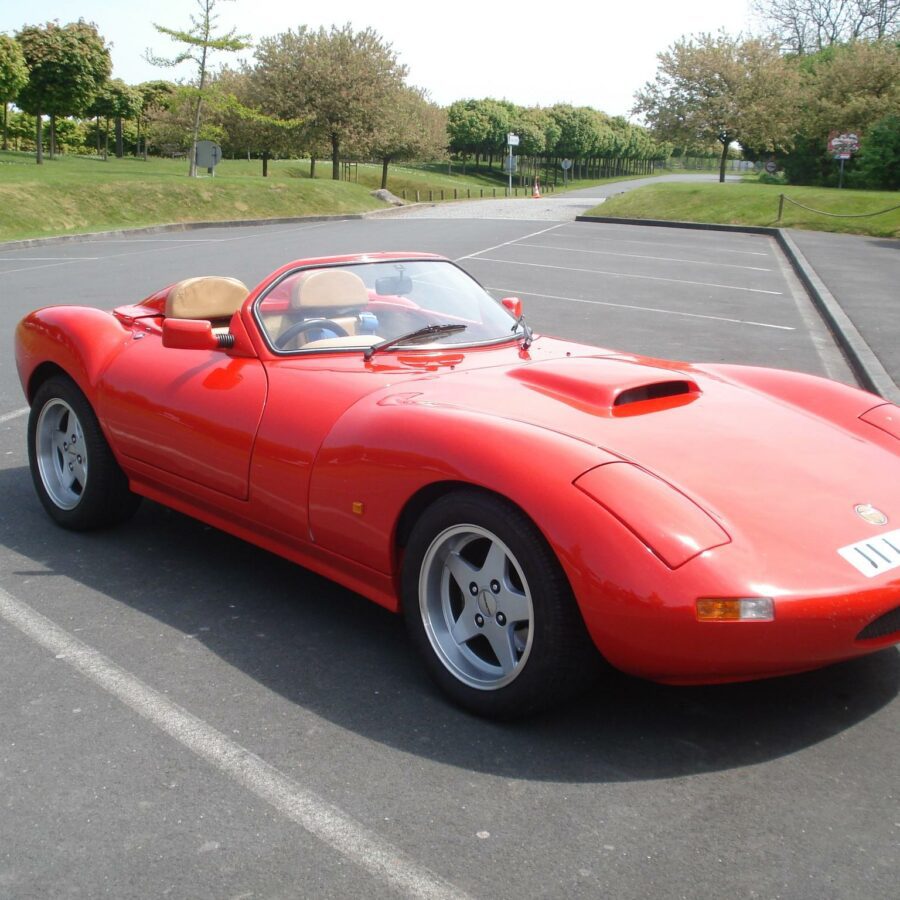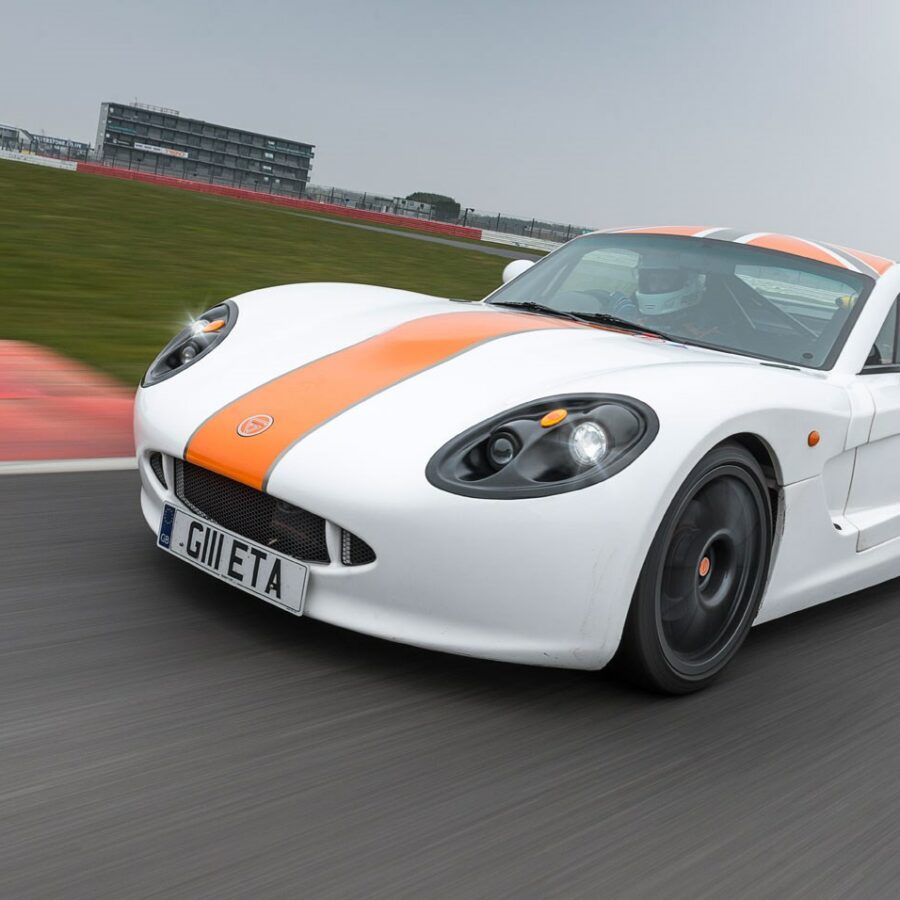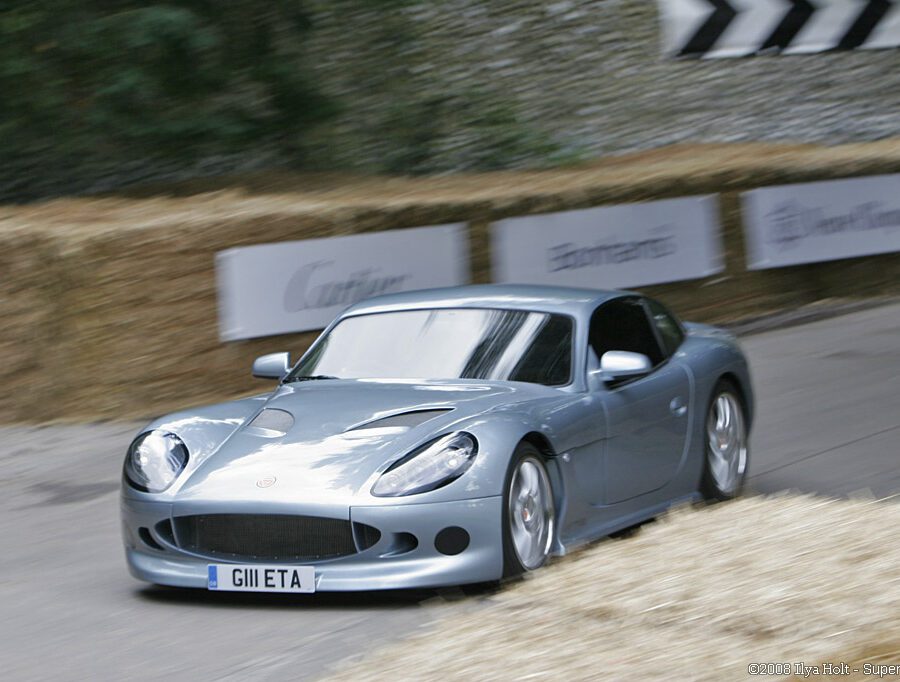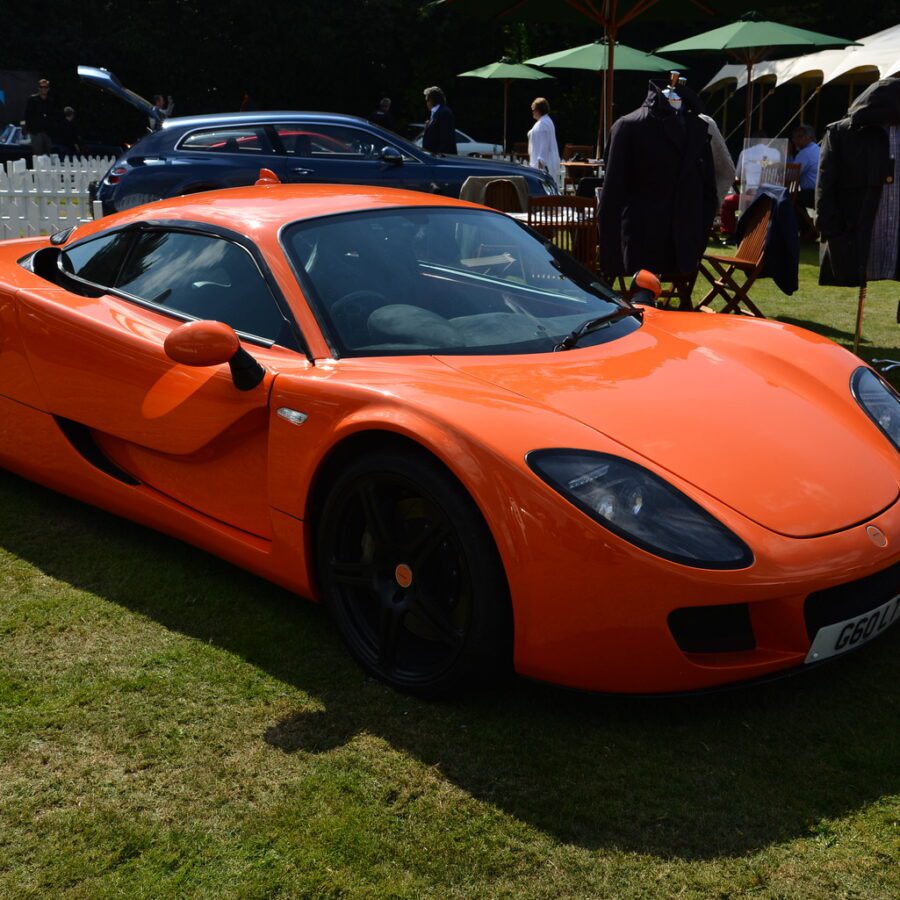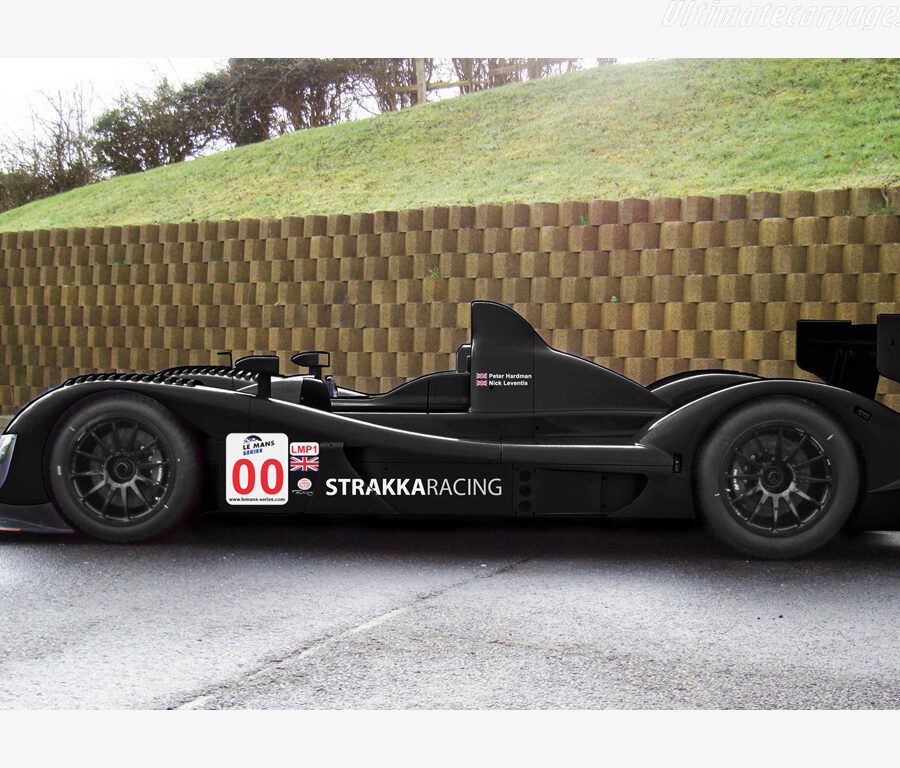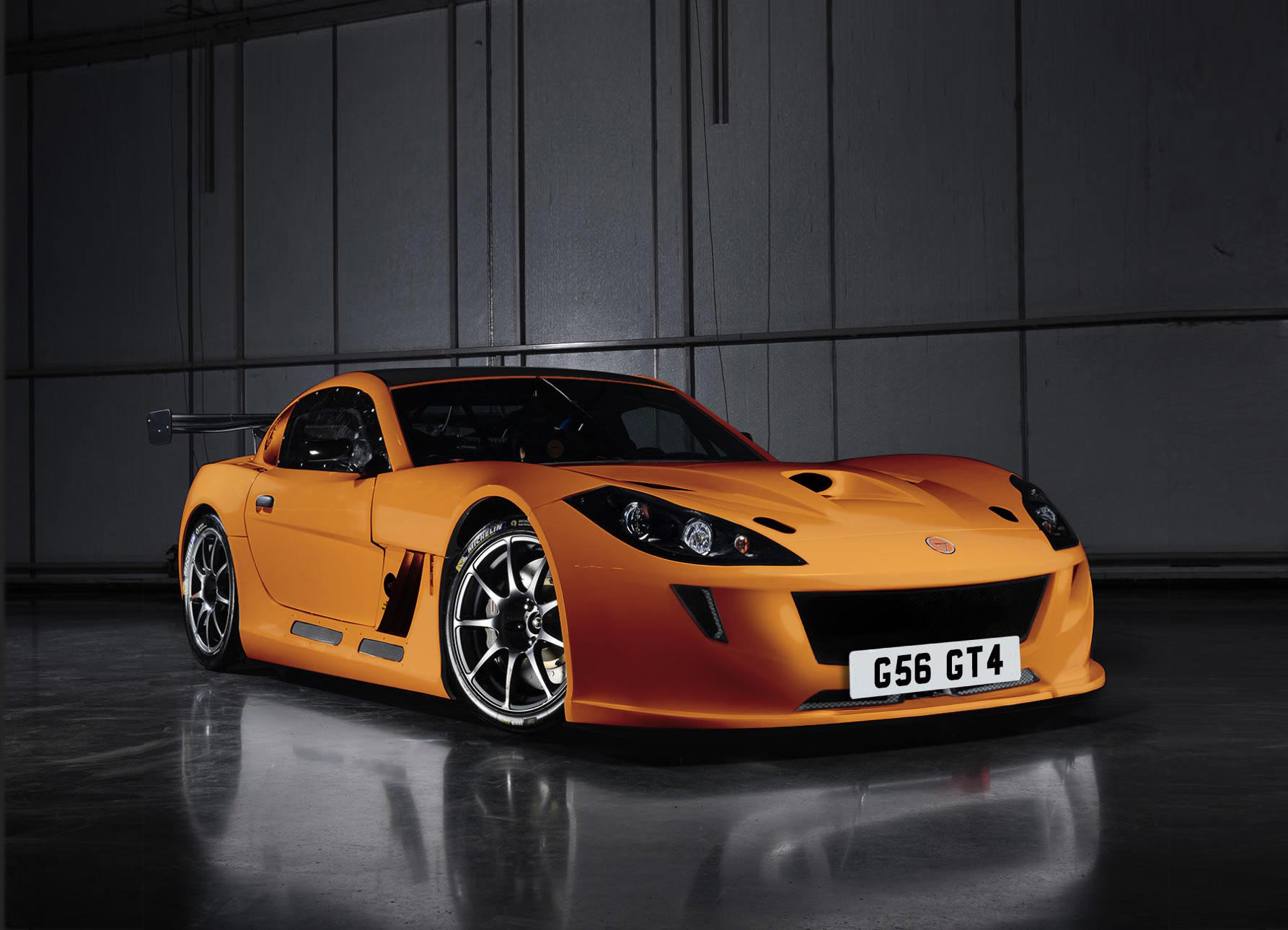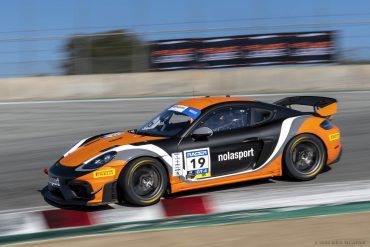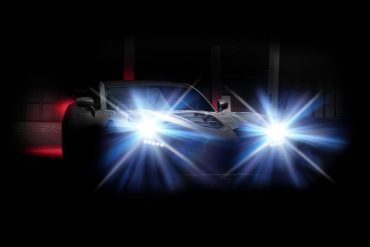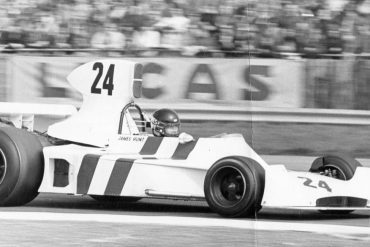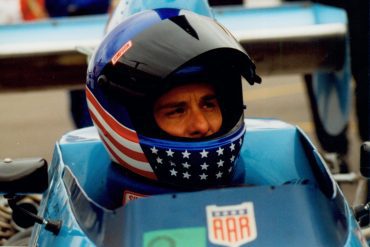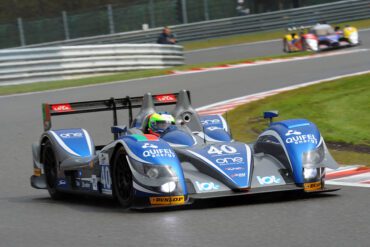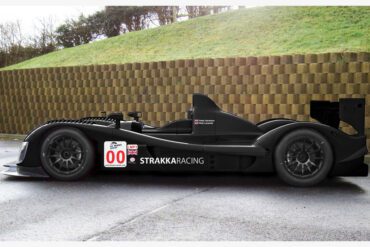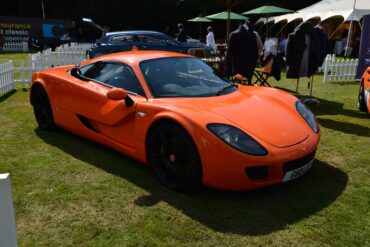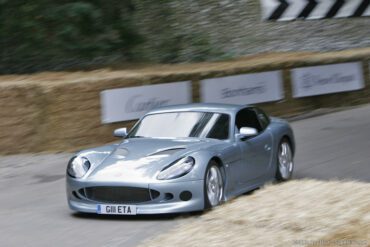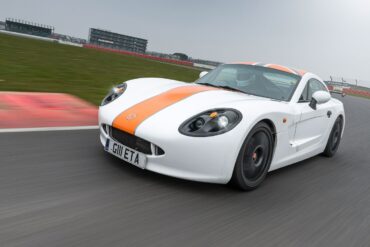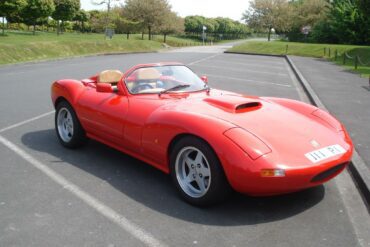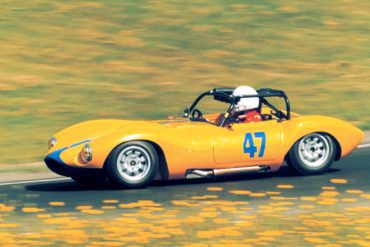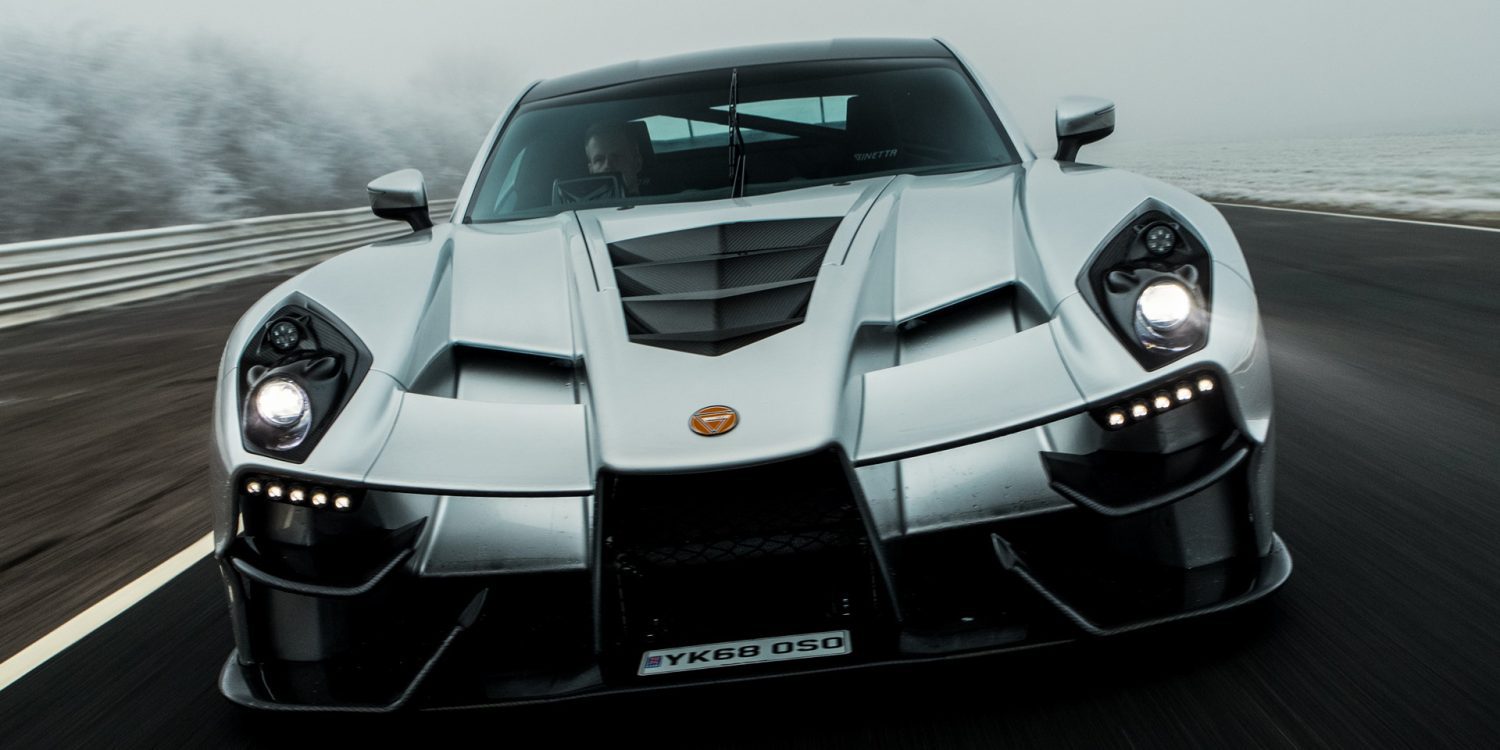2009 Ginetta-Zytek GZ09S/2 There was always going to be a new LMP from Zytek for the 2009 season. However, new regulations for the year, announced the previous September, meant a change of thinking with regard to the nature of the Ginetta-Zytek GZ09S, as it is known. The GZ09S aero package...

Ginetta Cars
Research, History, Reviews, Media & More
Introduction / Model Guides / News & Updates / Performance Data
Ginetta Cars: The Spirit of British Motorsport and Lightweight Engineering
Ginetta Cars is a British car manufacturer known for producing lightweight, high-performance sports cars that excel both on the road and the racetrack. Founded in the late 1950s, Ginetta has carved out a unique niche in the automotive world, blending innovative engineering with a passion for motorsport. This post explores the founding of Ginetta, its evolution over the years, the iconic car models it has produced, and the milestones that have defined its journey as a leading name in British motorsport and performance cars.
The Founding Vision: The Walklett Brothers and the Birth of Ginetta
Ginetta Cars was founded in 1958 by four brothers, Bob, Ivor, Trevers, and Douglas Walklett, in Woodbridge, Suffolk, England. The Walklett brothers were passionate car enthusiasts with a background in engineering, and their goal was to create lightweight, affordable sports cars that could compete effectively in club racing events. This vision led to the development of the first Ginetta car, the Ginetta G1, a basic kit car built on the chassis of a Wolseley Hornet.
The success of the G1 inspired the Walklett brothers to continue developing more advanced models, focusing on lightweight construction, aerodynamics, and race-ready performance. Their dedication to motorsport and engineering excellence quickly established Ginetta as a respected name in the British racing scene.
The Evolution of Ginetta: A History of Lightweight Performance and Motorsport Success
Ginetta’s journey from a small British car manufacturer to a recognized name in motorsport is marked by several key developments and iconic car models:
The Early Years: Ginetta G2 to G4 (1958-1960s):
Following the G1, Ginetta introduced the G2 in 1959, a tube-framed two-seater car designed for club racing. The G2’s lightweight construction and agility made it a popular choice among amateur racers, further establishing Ginetta’s reputation for producing competitive racing cars.
The Ginetta G4, introduced in 1961, was a breakthrough model for the company. The G4 featured a lightweight fiberglass body, a tubular steel frame, and a choice of small, high-revving engines, providing exceptional performance and handling. The G4 was highly successful in motorsport, winning numerous races and championships throughout the 1960s and 1970s. Its success on the track helped Ginetta gain recognition beyond the UK and established the brand as a serious contender in the world of lightweight sports cars.
Innovation and Expansion: Ginetta G12 and G15 (1960s-1970s):
In 1966, Ginetta introduced the G12, a mid-engine race car designed specifically for competition in the under-2-liter class. The G12’s advanced design, featuring a space frame chassis and independent suspension, made it highly competitive on the track. The G12’s success in racing further solidified Ginetta’s reputation as a manufacturer of high-performance race cars.
The Ginetta G15, launched in 1968, marked the company’s entry into the road car market. The G15 was a small, rear-engine sports car powered by a Hillman Imp engine, known for its excellent handling and affordable price. The G15 became one of Ginetta’s most popular models, with over 800 units sold, making it the best-selling Ginetta of its era. The car’s success demonstrated Ginetta’s ability to produce road cars that were both fun to drive and practical for everyday use.
A New Era: Ginetta Under New Ownership (1980s-2000s):
In the late 1980s, the Walklett brothers decided to sell Ginetta, and the company changed hands several times over the following years. Despite these changes, Ginetta continued to produce innovative sports cars and maintain its focus on motorsport. The company introduced several new models during this period, including the Ginetta G27 and G33, which were well-received by enthusiasts for their blend of classic styling and modern performance.
In 2005, Ginetta was acquired by British entrepreneur Lawrence Tomlinson, who revitalized the brand with a renewed focus on racing and high-performance engineering. Under Tomlinson’s leadership, Ginetta invested in modernizing its production facilities, expanding its model lineup, and enhancing its presence in international motorsport.
A Focus on Motorsport: Ginetta G40 and G55 (2010s-Present):
In 2010, Ginetta introduced the Ginetta G40, a versatile sports car designed for both racing and road use. The G40 quickly became a favorite among racing drivers, particularly in the Ginetta Junior Championship, a highly competitive series for young drivers. The G40’s combination of performance, safety, and affordability made it an ideal platform for developing racing talent, and it remains a cornerstone of Ginetta’s racing program.
The Ginetta G55, introduced in 2011, was designed as a more powerful and advanced successor to the G50, which had been a successful GT4-class race car. The G55 featured a 3.7-liter V6 engine, advanced aerodynamics, and a lightweight chassis, making it highly competitive in various racing series worldwide. The G55 has become one of Ginetta’s most successful models, with multiple wins and championships in GT racing.
Expanding into the Hypercar Market: Ginetta Akula (2019):
In 2019, Ginetta unveiled the Ginetta Akula, a limited-production hypercar designed to showcase the company’s engineering prowess and commitment to high-performance vehicles. The Akula features a carbon fiber monocoque chassis, a naturally aspirated 6.0-liter V8 engine producing over 600 horsepower, and advanced aerodynamics. The Akula represents a new chapter for Ginetta, as the company expands its focus from lightweight sports cars to high-performance hypercars.
Special Milestones and Achievements
Throughout its history, Ginetta has achieved several significant milestones and made lasting contributions to the automotive and motorsport worlds:
Pioneering Lightweight Sports Cars: Ginetta’s emphasis on lightweight construction and performance has set the standard for sports car design, influencing future generations of car manufacturers and racing teams.
Success in Motorsport: Ginetta’s cars have won numerous races and championships across various racing series, including GT racing, endurance racing, and single-make series like the Ginetta Junior Championship. This success has helped establish Ginetta as a leader in motorsport and a developer of racing talent.
Innovative Engineering and Design: Ginetta has consistently pushed the boundaries of engineering and design, from its early fiberglass-bodied cars to its modern hypercars like the Ginetta Akula. The company’s focus on innovation and performance has helped it remain at the forefront of the automotive industry.
A Commitment to Developing Young Talent: Ginetta’s dedication to nurturing young racing talent through its single-make championships has made it a vital part of the motorsport ecosystem, helping to develop the next generation of racing drivers.
The Enduring Legacy of Ginetta
Ginetta Cars’ legacy is one of innovation, performance, and a passion for motorsport. From its early days as a small British car manufacturer to its current status as a leader in lightweight sports cars and hypercars, Ginetta has consistently pushed the boundaries of what is possible in automotive design and engineering. Today, Ginetta continues to evolve, embracing new technologies and exploring new avenues for performance enhancement while staying true to its roots in motorsport and lightweight engineering.
As the brand looks to the future, its focus on racing, innovation, and a customer-centric approach ensures that Ginetta will continue to be a symbol of British automotive excellence and a leader in high-performance car manufacturing. Whether through its iconic sports cars or its commitment to developing young racing talent, Ginetta remains a unique and enduring presence in the automotive world.
Ginetta Cars
Founded: 1958
Founders: Bob Walklett, Ivor Walklett, Trevers Walklett, Douglas Walklett
Headquarters: Leeds, England
Key people: Lawrence Tomlinson (Chairman)
Did You Know
Ginetta was founded in 1958 by the Walklett brothers—Bob, Ivor, Trevers, and Douglas—in Woodbridge, Suffolk, England. The four brothers were car enthusiasts with a background in engineering, and they started the company with the aim of building lightweight, affordable sports cars for racing enthusiasts.
The first Ginetta car, the G1, was actually a kit car built on a Wolseley Hornet chassis. It was a simple, affordable car designed to be a fun project for hobbyists, marking the beginning of Ginetta’s journey in car manufacturing.
The Ginetta G4 and G12 were two of the brand’s most successful racing models. The G4, known for its impressive performance in club racing events, became a favorite among privateer racers. The G12, introduced in 1966, was a mid-engine race car that saw success in various motorsport events, further solidifying Ginetta’s reputation as a maker of competitive racing cars.


